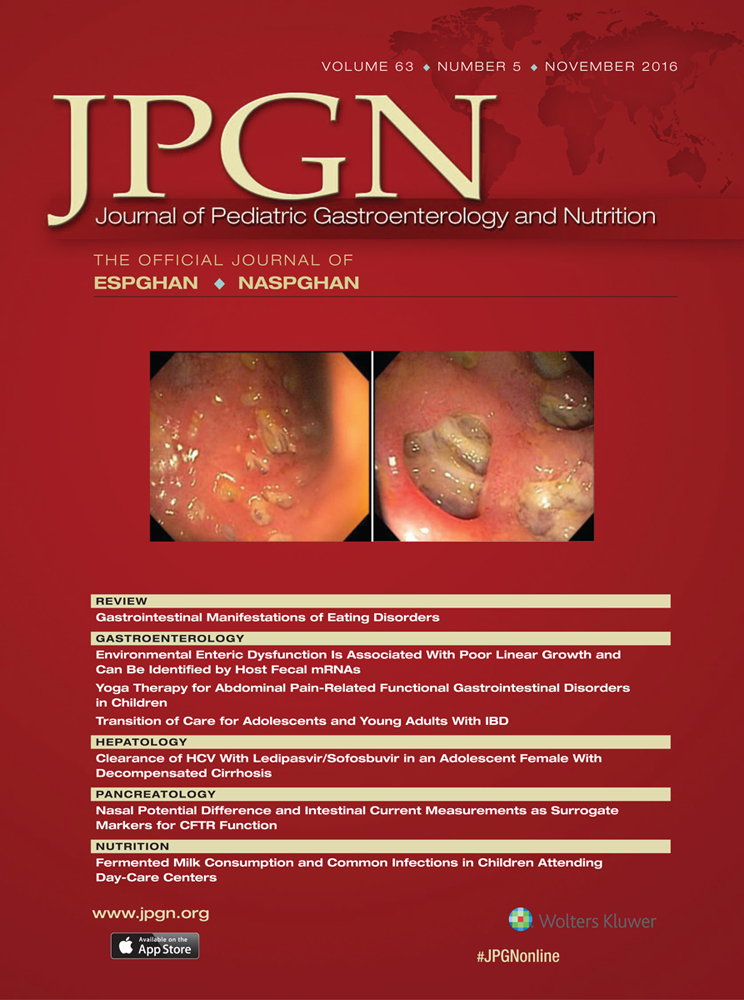Pilot Study of Functional Magnetic Resonance Imaging Responses to Somatic Pain Stimuli in Youth With Functional and Inflammatory Gastrointestinal Disease
Funding received from the Clinical and Translational Research Institute, University of California San Diego, the Price Foundation, and the Peterson Foundation. The project described was partially supported by the National Institutes of Health, Grant UL RR031980 for years 1 and 2 of CTSA funding and/or UL1TR000100 during year 3 and beyond of CTSA funding and in part by I01-CX-000816 from the United States (US) Department of Veterans Affairs CS R&D Service. The content is solely the responsibility of the authors and does not necessarily represent the official views of the NIH or VA.
The authors report no conflicts of interest.
ABSTRACT
Background:
Brain-gut axis signaling modifies gastrointestinal symptomatology. Altered neural processing of intestinal pain signals involves interoceptive brain regions in adults with functional and inflammatory gastrointestinal disorders. Although these disorders frequently present in childhood, there are no published studies in youth. We determined whether neural processing of somatic pain stimuli differs in adolescents and young adults (AYA) with irritable bowel syndrome (IBS) and inflammatory bowel disease (IBD), as compared to healthy controls (HC).
Methods:
IBS and IBD AYA (16–20 years) underwent anticipated and thermal pain stimuli of low and high intensity on their forearm and simultaneous blood oxygen level–dependent functional magnetic resonance imaging. Data from adult HC were used for comparison. Subjects answered surveys evaluating alexithymia, anxiety, depression, and pain catastrophizing. Group data were compared using linear mixed effects and analysis of variance.
Results:
Study groups were similar by sex but not age. Significant group by pain condition interactions were observed in interoceptive brain regions during pain anticipation, and within perceptual brain regions during perceived pain. Higher activation within interoceptive brain regions during anticipated pain was observed in IBS compared with IBD and HC subjects. IBD patients demonstrated increased activation in perceptual brain regions during experienced pain as compared to IBS and HC.
Conclusions:
IBS and IBD AYA demonstrate altered neural processing of somatic pain compared with each other and with HC. Our results suggest that neuromodulatory interventions targeting interoceptive brain circuits in IBS and perceptual brain regions in IBD may be effective.




